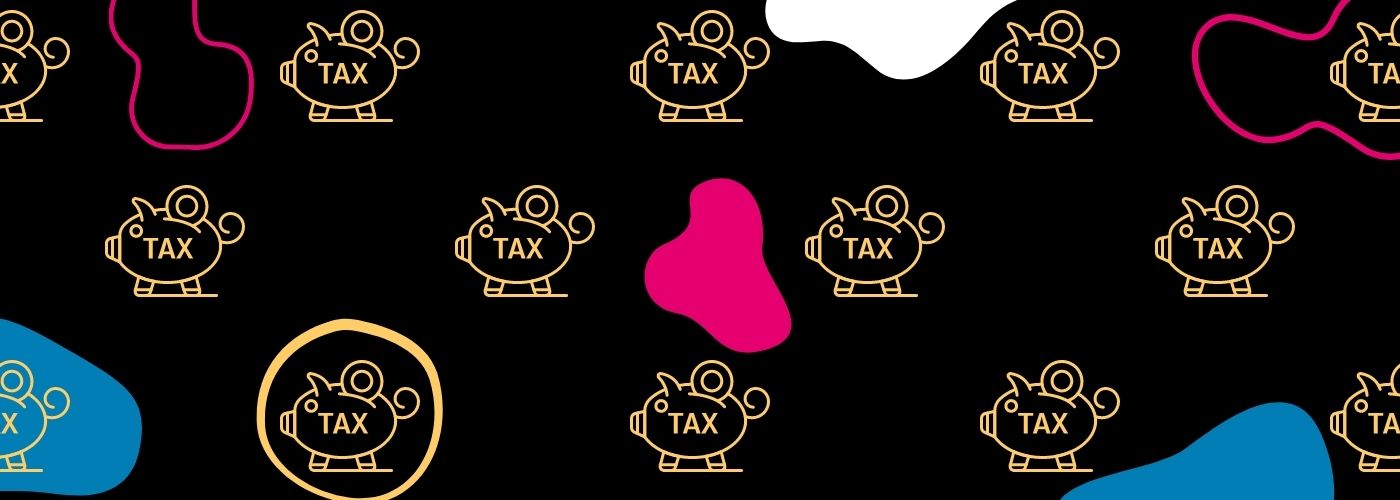How to Get a Tax Break by Improving Accessibility
Updated: October 23, 2023
As the year nears its end, it’s time to wrap up holiday shopping, pick out your New Year’s outfit, and – if you’re a business owner – start preparing to file taxes.
Large and small businesses alike are always on the hunt for ways to get a tax break. That extra capital can go towards higher salaries for employees, lower costs for customers, and more investment into new products. And while there are several popular tax incentives available to businesses, one yours might not be using is the disabled access credit.
Tax Incentives for Improving Accessibility, Explained
As outlined by the Department of Labor and the Equal Employment Opportunity Commission, small businesses may receive up to $5,000 under the Disabled Access Tax Credit. Businesses may claim this credit for expenses “enabling the business to comply with the applicable requirements of the Americans with Disabilities Act.” These expenses include, but are not limited to:
- Removing barriers that prevent a business from being accessible or usable to individuals with disabilities.
- Providing ways of making materials accessible for those with visual impairments.
- Making orally delivered content available to deaf or hard-of-hearing individuals.
Qualifying investments might include closed captioning and audio description services. Only small businesses are eligible for this specific credit, meaning the business must either have grossed less than $1 million or employed 30 or fewer full time employees in the previous tax year.
Businesses can receive a credit for purchases between $250 and $10,250, with the credit totaling 50% of the difference between the $250 minimum and what the total expense was (of up to $10,250). Thus, the maximum credit a business can receive under this rule is $5,000.
Here are a few examples to illustrate how the credit works:
- Example 1: A business spends just $225 for live captioning for its annual webinar. Since its qualified expenses did not exceed $250, this business cannot claim a disabled access tax credit the year.
- Example 2: A business launches a YouTube channel and spends $6,000 on captioning for the year. This business is eligible to receive a $2,875 accessibility tax credit. This is because the $250 minimum is subtracted from the $6,000 expense, meaning 50% of the remainder ($5,750) may be claimed as a credit.
- Example 3: A video production agency spends $30,000 captioning and audio descriptions for its clients in a year. This business is entitled to a $5,000 credit. Because the expense exceeded the maximum $10,250, this business gets the full 50% of that $10,250, minus the $250 eligibility threshold.
In addition, businesses can also use the tax deduction promised under Internal Revenue Code Section 190. According to the ADA, this deduction may be utilized for expenses up to $15,000, but only for removing physical barriers from a business. However, this deduction is available to all businesses – not just small businesses.
The Benefits of Accessibility Tax Incentives
Lower Overall Costs
Tax credits and deductions directly lower the overall amount a business spends on accessibility – thereby lowering a potentially huge barrier for businesses tight on budget.
In the short term, businesses make their website, content, and/or physical store more welcoming to everyone at a cost-effective price point. In the long term, the business lowers the risk of accessibility lawsuits, saving potentially even more.
Casting a Wider Net

Additionally, research done on the spending power of people with disabilities shows that families of these individuals might refuse to patronize an inaccessible business.
Put simply, the (tax deductible) expenses that make a business more accessible for some tend to benefit many – including your own business.
SEO Benefits
Building on the last point, an investment in captions can also help video content rank better. In one trial, adding captions to YouTube videos yielded a 7.3% increase in views. These higher rankings on search engines like YouTube can increase views, website visits, conversion, and ultimately customers.
This just goes to show the abundance of opportunities that are afforded to businesses that prioritize accessibility in their budget and their actions – particularly when Uncle Sam comes knocking every year.
Further Reading

Subscribe to the Blog Digest
Sign up to receive our blog digest and other information on this topic. You can unsubscribe anytime.
By subscribing you agree to our privacy policy.





